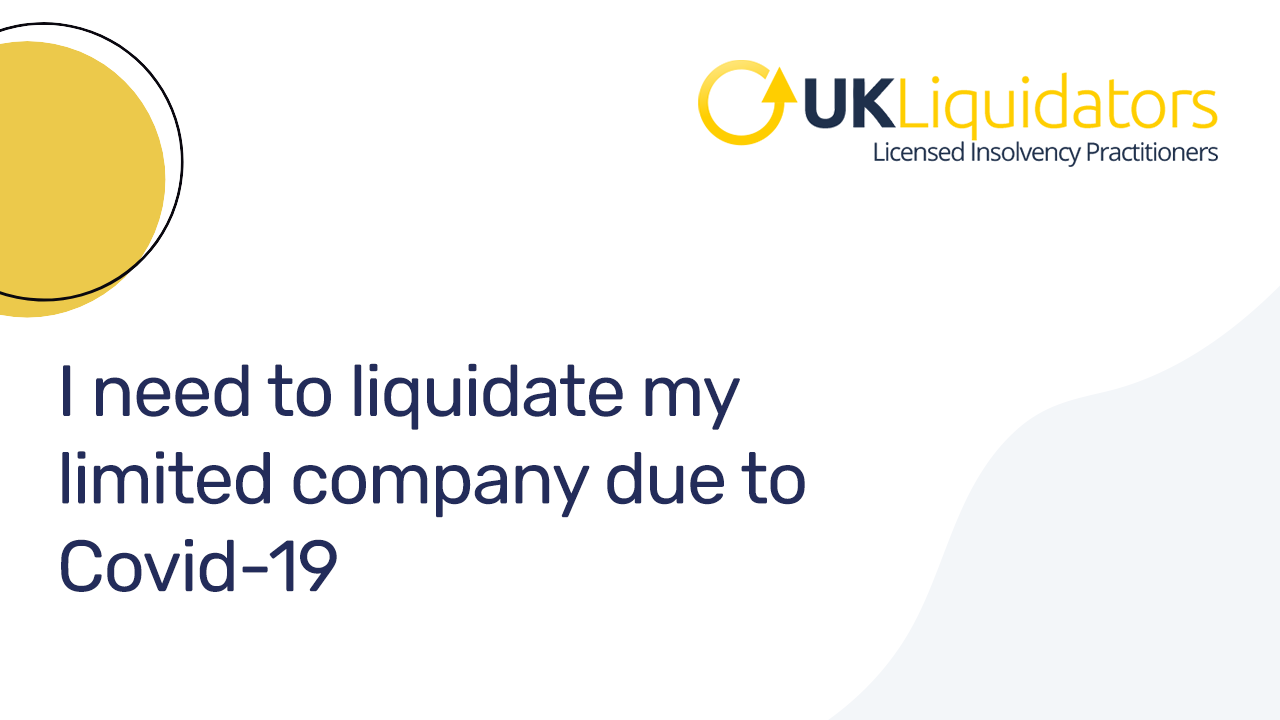Insolvency Practitioner Can Be Fun For Everyone
Insolvency Practitioner Can Be Fun For Everyone
Blog Article
How Insolvency Practitioner can Save You Time, Stress, and Money.
Table of ContentsSome Ideas on Insolvency Practitioner You Should KnowThe Single Strategy To Use For Insolvency PractitionerNot known Incorrect Statements About Insolvency Practitioner Unknown Facts About Insolvency PractitionerThe 8-Second Trick For Insolvency PractitionerMore About Insolvency PractitionerOur Insolvency Practitioner Diaries
Insurance policy is checked and managed by state insurance policy divisions, and one of their main goals is safeguarding insurance holders from the danger of a firm in economic distress. When a company enters a period of monetary difficulty and is incapable to satisfy its commitments, the insurance coverage commissioner in the company's home state launches a processdictated by the laws of the statewhereby efforts are made to aid the business reclaim its monetary footing.If it is identified that the company can not be fixed up, the business is proclaimed financially troubled, and the commissioner will certainly ask the state court to order the liquidation of the company. The insurance coverage commissioner, either designated by the guv or chosen, heads the state insurance coverage department and screens and regulates insurance policy activity within the state.
[Back] By getting control of a business, the commissioner (or the insurance coverage department) is, by law, the rehabilitator or liquidator of the firm. In this capability, the commissioner or division takes control of the company's procedures. Instead of do so directly, the commissioner may maintain an unique deputy receiver to manage the firm's activities.
What Does Insolvency Practitioner Do?
The receiver manages an accountancy of the company's properties and obligations and administers the estate of the business. In doing so, the receiver seeks to make best use of the business's possessions, transfer them to money, and after that disperse that money to creditors having legitimate cases against the insurance firm in conformity with repayment priorities specified by state regulation (in all states, policyholders are top priority claimants whose cases are paid prior to those of basic creditors).
All insurance coverage business (with limited exceptions) accredited to offer life or medical insurance or annuities in a state should be participants of that state's guaranty association. The warranty association cooperates with the commissioner and the receiver in pre-liquidation planning. As soon as the liquidation is purchased, the warranty association offers protection to the firm's policyholders that are state homeowners (as much as the levels defined by state lawssee below; any type of benefit quantities over the warranty asociation advantage degrees become insurance claims versus the business's staying properties).
The above insurance coverage degrees apply separately for each insolvent insurance provider. When an insurance provider fails and there is a shortage of funds needed to satisfy the commitments to insurance holders, state guaranty associations are activated. Warranty associations have subrogation legal rights to a proportionate share of the possessions continuing to be in the failed insurance firm.
The 5-Minute Rule for Insolvency Practitioner

NOLHGA establishes a job force of depictive warranty organizations to function with over here the insurance commissioner to establish a strategy to safeguard policyholders.
You are here: Insolvency is when a business or individual can't pay debts when they are due. There are several choices available to an insolvent business or person: ASIC controls firms, it does not take care of individual bankruptcy procedures. For additional information about personal bankruptcy and personal bankruptcy contracts, see the Australian Financial Protection Authority internet site.
The Only Guide for Insolvency Practitioner
Anticipating defense by aiding you pick the right clients and the ideal markets to prevent uncollectable bill to begin with, many thanks to severe economic analysis - Insolvency Practitioner. In-depth market intelligence, providing you with 360-degree exposure on company markets and putting at risk difficulties. It would certainly be a simplification to assume a trade credit report insurance coverage begins and finishes with costs and pay-outs
This can happen for a number of factors, including inadequate economic monitoring, unexpected prices, or a modification out there. If a business is insolvent, it may be forced to close down or liquidate possessions to pay financial institutions. This can have a major effect on business, employees, and shareholders.
It can cause job losses, asset sales, and also insolvency. It is important to understand how company bankruptcy jobs and just how it can impact your business. Why does a company enter right into insolvency? There are a variety of reasons that other a firm may participate in bankruptcy. The most usual factor is that the firm is incapable to pay its debts as they drop due.
The Ultimate Guide To Insolvency Practitioner
Various other factors for bankruptcy include fraudulence, mismanagement, and unanticipated costs. When a company comes to be insolvent, its properties are utilized to settle its financial obligations. This can have a significant influence on the company, as it might no more have the ability to proceed operating. Insolvency can additionally cause task losses and the closure of services.
The business may be compelled to market assets, lay off team or also close down. Financial institutions might be left out of pocket and the company's investors might see their investment disappear.
This can take place for a number of reasons, including inadequate monetary management, unexpected expenses, or a change on the market. If a firm is financially troubled, it may be required to fold or market off assets to pay lenders. This can have a significant influence on business, staff members, and shareholders.
Some Of Insolvency Practitioner
Why does a firm get in into insolvency? There are a number of factors why a company may get in into bankruptcy.
Other reasons for insolvency include fraud, mismanagement, and unanticipated prices. Insolvency Practitioner. When a firm becomes insolvent, its assets are utilized to settle its financial obligations. This can have a major influence on the business, as it may no more have the ability to proceed running. Insolvency can also lead to job losses and the closure of organizations.
Insolvency Practitioner Fundamentals Explained

Report this page